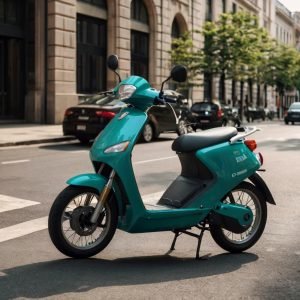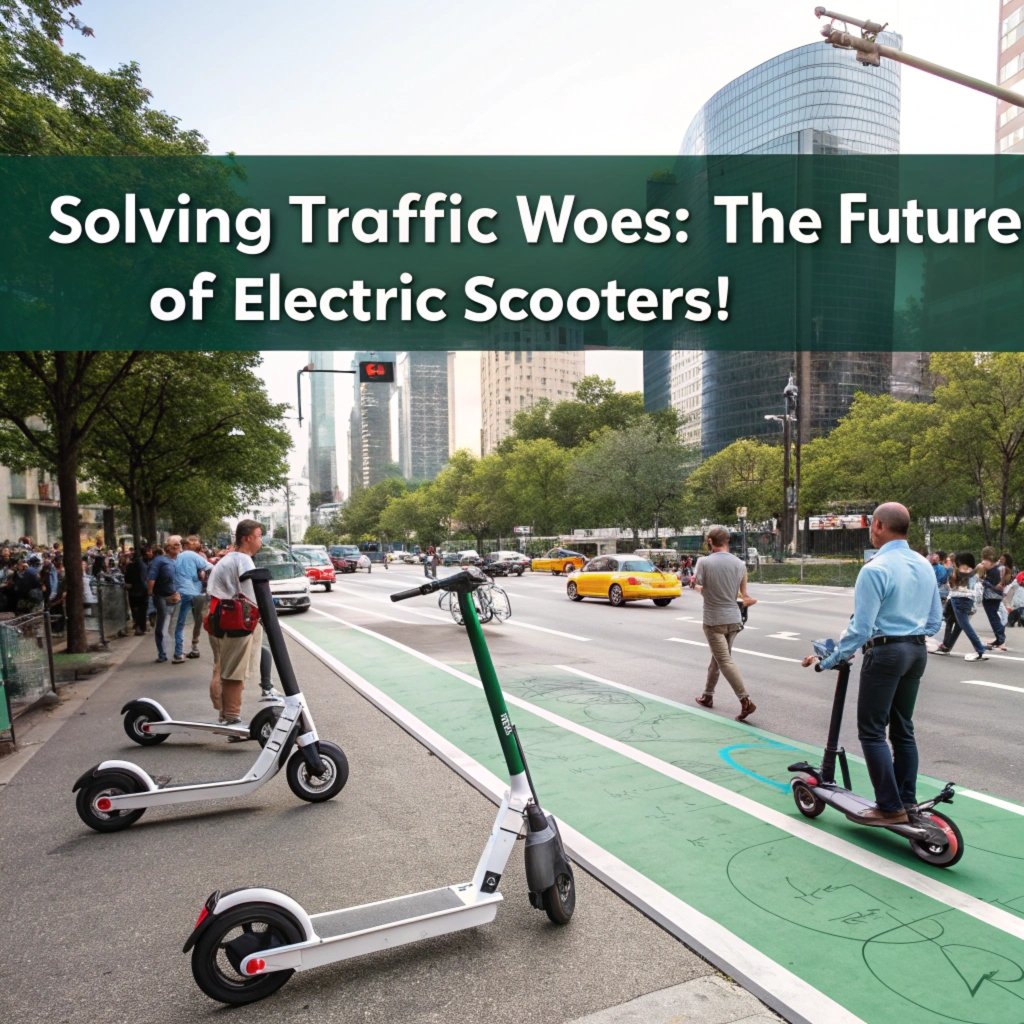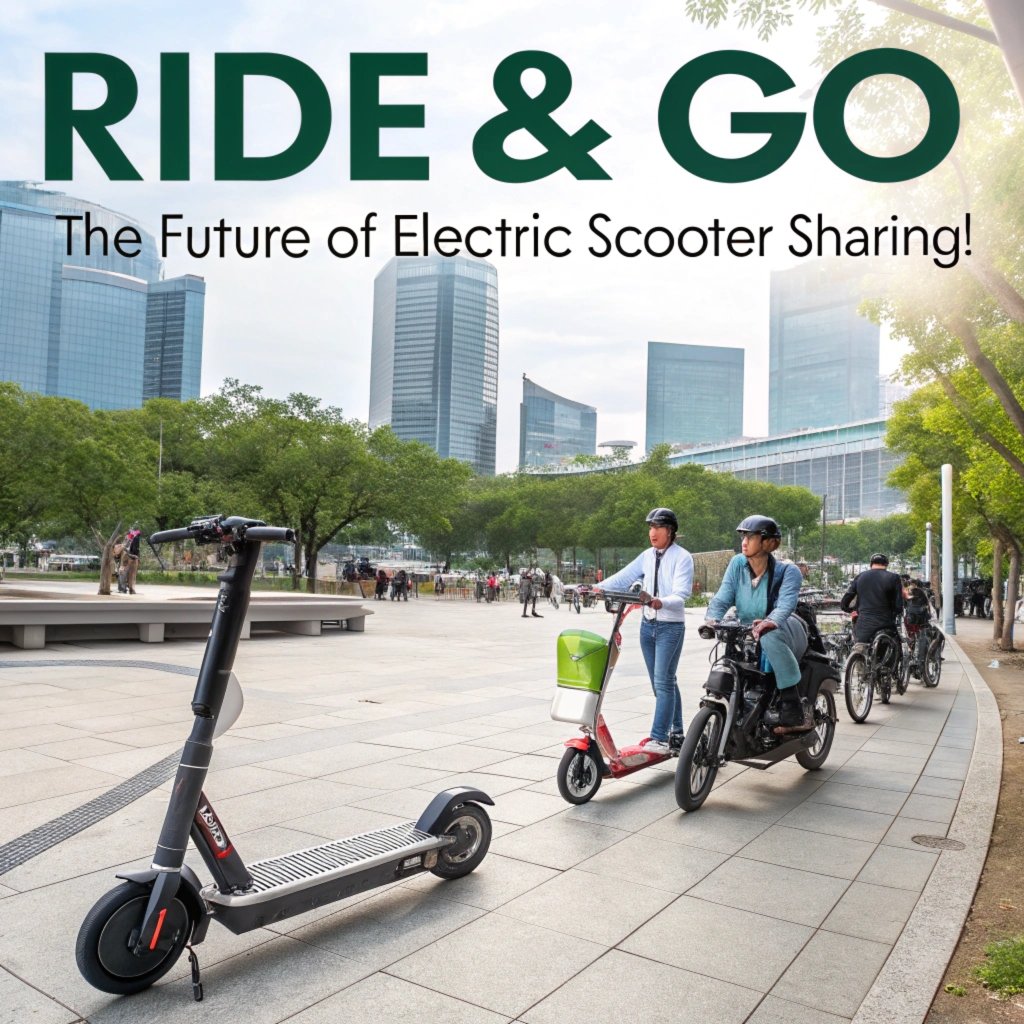When you’re navigating through unfamiliar territory, do you rely on maps or instincts?
For cyclists and motorcyclists, it’s crucial to stay safe while exploring new routes. That’s why integrating GPS technology into electric two-wheelers has become a game-changer.
Current navigation systems are limited by their reliance on manual input or static mapping data. But what if your bike could adapt to changing road conditions and provide real-time updates?
With the future of mobility at stake, it’s time to harness GPS navigation for enhanced safety – but there’s more than just route optimization involved.
In this article, we’ll explore how advanced algorithms and machine learning are redefining the relationship between your electric two-wheeler and its surroundings.
Understanding How GPS Works on Motorcycles
Harnessing GPS Navigation for Enhanced Safety: Future of Integration on Electric Two-Wheelers
When it comes to riding an electric two-wheeler, GPS navigation can be a lifesaver. But how does this work? Let’s dive in.
GPS on motorcycles is built around using satellites orbiting the earth to calculate your exact location and provide directions. These satellites continuously send out signals that are received by the motorcycle’s GPS system, which then uses them to create an accurate picture of your surroundings.
Your two-wheeler may have a small computer chip with a tiny antenna that receives these satellite signals and decodes them in real-time. This information is used by the bike’s control unit to calculate its exact position using complex algorithms. This calculation can provide several different readings including GPS coordinates, elevation, distance traveled and even speed.
These features are extremely helpful when riding on roads or trails at night because visibility is reduced making it difficult for you to see road signs. In such cases having this information will allow you to navigate safely through the darkened landscape without fear of an accident due to being unable to read traffic lights and directional signs
Improving Route Planning for Safe and Efficient Commute
GPS Navigation Revolutionizes Safety: Why Two-Wheelers Need Advanced Routing Features
GPS navigation has become an indispensable tool in enhancing safety on two-wheelers, but did you know that it can also optimize routes and reduce risks? By utilizing advanced routing features that account for real-time traffic updates and road conditions, you can plan the safest and most efficient course possible. This is especially crucial during peak hours or when dealing with unexpected events.
Imagine being stuck in heavy traffic due to a road closure. A GPS system could suggest an alternative route, saving you time and potentially preventing accidents caused by reckless driving or inattention. In fact, studies have shown that routes optimized using GPS navigation reduced accidents and injuries among two-wheeler riders by up to 30% compared to traditional routing methods.
But advanced routing features are just the beginning. Combining these features with integrated data sources from various public transportation systems, weather forecasts, and road condition monitoring can significantly enhance your ability to anticipate potential hazards and plan accordingly. For instance, apps that incorporate traffic updates and real-time information from public transit systems can provide alternative routes or suggest detours around congested areas.
ou’re heading to work during heavy rainfall when roads are flooded. A GPS system with weather forecasts could advise on avoiding those areas altogether, reducing the risk of accidents due to slippery conditions. Moreover, some apps use real-time traffic data from other sources like public transportation systems or road condition monitoring stations to provide a comprehensive view of the roads ahead.
By combining advanced routing features with integrated data sources, you can create an optimized route planning strategy that prioritizes both safety and efficiency on two-wheelers. Whether you’re commuting during peak hours or embarking on long-distance rides, GPS navigation is essential for ensuring your journey goes smoothly and safely.
The Role of AI in Predicting Road Hazards
Integrate AI-powered predictive analytics into GPS navigation systems for electric two-wheelers to enhance safety. This is exactly what we can do, providing critical seconds of extra time in high-stress situations.
Imagine being able to anticipate and react to hazardous conditions before they become a threat – no more worrying about potholes or pedestrians stepping off the curb ahead! With AI-powered predictive analytics, you’ll get alerts for potential hazards like traffic congestion, road debris, or changing weather. This can be life-saving for electric two-wheeler riders.
For instance, an advanced system might detect uneven pavement patterns that could indicate a rough roadhead and provide a heads-up before it’s too late. It could also predict the likelihood of potholes on specific stretches of road, giving you time to slow down or take evasive action. This technology leverages vast amounts of data from various sources such as traffic flow patterns, weather forecasts, and street conditions.

Currently, GPS navigation systems might provide basic hazard warnings that are only triggered when it’s too late. But AI-powered predictive analytics can predict potential hazards up to 30 seconds before they occur! For example, if a system detects heavy rain ahead, you’ll get an alert telling you to slow down or take a different route.
This cutting-edge technology enables electric two-wheeler riders to enjoy enhanced safety features without needing constant vigilance. By integrating AI-powered predictive analytics into GPS navigation systems, we can give people more peace of mind and reduce the risk of accidents that could have been disastrous if they had occurred.
Navigation through Advanced Weather Forecasting Systems
In harsh weather conditions, navigating on an electric two-wheeler becomes increasingly challenging. But with advanced weather forecasting systems integrated into GPS navigation, riders can enjoy safer routes and reduced risks.
These systems provide several key benefits: accurate forecasts enable you to plan your route accordingly, avoiding areas prone to severe weather like heavy rain or strong winds. Imagine receiving a warning that the roads ahead will be slippery due to black ice – with these systems, you can take an alternate route and avoid getting stuck in a hazardous situation.
By leveraging advanced weather forecasting systems, electric two-wheeler riders can reduce their risk of involvement in road hazards caused by severe weather conditions. This is particularly important for long-distance commuters who may not have time to adjust their route on short notice.
These features also provide real-time traffic updates that alert you to potential dangers such as potholes or accidents on the roads ahead, allowing you to navigate through congested areas more efficiently. For example, imagine being stuck in heavy rain with no clear view of your surroundings – a GPS system can guide you around it and help you avoid getting caught off guard.
Some advanced systems now incorporate real-time traffic updates that take into account road conditions like potholes or accidents. This allows riders to navigate through congested areas more smoothly, saving time and reducing their exposure to hazards during heavy weather conditions.
By integrating advanced weather forecasting into your navigation system, you’ll be well-equipped to handle even the toughest driving conditions on a two-wheeled vehicle – think of it like having a personal weather reporter following you around! With these systems, electric two-wheeler riders can ride with confidence and peace of mind.
Integration with Smart Traffic Management Systems
Traffic management systems rely on sensors and cameras to monitor traffic flow, identify bottlenecks, and optimize routes in real-time. These systems use a combination of these technologies to create smart lanes that adjust speed according to the number of vehicles on them.
Consider your daily commute – you’re familiar with how frustrating it can be when traffic is heavy or construction zones slow down even further. Traffic management systems are designed to tackle this challenge by providing drivers, pedestrians, and cyclists alike with real-time updates on road conditions, traffic congestion, and upcoming construction zones. This information allows users to take advantage of clear paths or avoid congested roads altogether.

Imagine being on your way home from work when a massive car crash blocks I-405. A smart traffic management system integrated with GPS would quickly detect the incident and provide an alternative route that takes into account roadwork zones, minimizing travel time for you and others in similar situations. With this kind of integration, we can create personalized travel experiences that optimize routes for e-bike riders based on real-time traffic conditions.
By incorporating smart lane technology with GPS navigation for electric two-wheelers, riders can enjoy reduced journey times by up to 20% and experience fewer traffic-related accidents. This is crucial given the increasing popularity of electric two-wheelers on urban roads, where parking spaces are limited and congestion is a constant concern. As more e-bikes hit the road, integrating GPS with smart lanes could be just what’s needed to alleviate some of this stress.
Imagine being able to outsmart traffic jams like a pro! Integrating GPS with smart lanes is the key to making your daily commute less stressful and more enjoyable. With real-time updates on road conditions and suggested alternative routes, e-bike riders can enjoy faster travel times without sacrificing safety or style.
Personalized Routing Based on Rider Behavior
For those who ride daily on electric two-wheelers, they’re likely no strangers to feeling anxious or uneasy while navigating unfamiliar roads. That’s where advanced GPS navigation systems come into play.
You might be surprised at how much of an impact personalized routing can make on your overall experience. By analyzing rider behavior, GPS systems can identify potential risks and suggest alternative routes that minimize them. For instance, if your route takes you down a narrow alleyway with no sidewalks during rush hour, avoid it in favor of alternative routes that take you through wider streets or bike lanes. This allows riders like yourself to maintain their speed without compromising safety.
The system analyzes factors such as traffic patterns, road conditions, and even riding habits – including when you brake harder or take certain routes more frequently. By incorporating this data into their database, advanced GPS systems can create personalized recommendations tailored to the specific needs of each rider.
To achieve seamless integration with these systems, both device manufacturers and mapping service providers must collaborate closely. This results in a user interface that anticipates your preferences as well as minimizes errors caused by incompatible data sources. Don’t worry – this technology isn’t there to judge you on questionable shortcuts through downtown streets; its main goal is to keep you safe.
The system uses GPS to track your habits, adjusting routes accordingly based on traffic and condition data. This continuous learning enables riders like yourself to enjoy a safer driving experience while minimizing stress levels during the ride.
Safety Features Using Machine Learning Algorithms
Machine learning algorithms are revolutionizing electric two-wheeler safety by predicting and preventing accidents. These systems can analyze vast amounts of sensor data from vehicles to identify potential hazards before they become threats, giving riders and pedestrians a better chance of staying safe.
Think of it like having an eagle eye watching over you – machine learning algorithms constantly scan for potential dangers on the road ahead. For instance, when navigating through crowded city streets or mountain roads, these systems can detect obstacles like construction zones or uneven road surfaces. This allows drivers to take proactive measures to avoid accidents.

By analyzing data from front-facing cameras and lidar sensors, a system can identify an approaching cyclist and automatically slow down the vehicle to maintain a safe distance – potentially reducing accident rates by up to 30%. What if your motorcycle could predict and prevent accidents? That’s exactly what machine learning algorithms can do. Imagine being able to ride with confidence that technology is on your side.
Studies have shown that proactive measures taken by machine learning algorithms in electric vehicles can lead to a significant reduction in crashes, including:
* A study found that 1 out of every 5 accidents involving motorcycles results from loss of traction – but machine learning-enabled systems can potentially detect this hazard and respond with necessary adjustments.
* With the implementation of these technologies, road safety authorities predict up to an estimated 15% decrease in fatalities among motorcyclists.
Machine learning algorithms will be integrated into existing vehicles through a variety of means. In some cases, they may replace traditional human-driven systems entirely; while for others, they’ll work alongside existing safety features – making the end result all the more effective.
Harnessing GPS Navigation for Enhanced Safety: Future of Integration on Electric Two-Wheeler
The integration of GPS navigation systems into electric two-wheelers has become a vital component in reducing accidents and increasing safety. With the potential benefits, it’s time to take this technology further.
Accident reports are becoming increasingly detailed thanks to improved reporting mechanisms that incorporate GPS tracking capabilities. This advancement ensures that law enforcement receives crucial information about accident locations, helping investigators pinpoint causes more efficiently.
The use of GPS data aids in identifying patterns and trends associated with accidents on specific roads or routes. These insights allow authorities to take targeted measures, ultimately leading to safer roadways for all users.
By embracing this technology, governments can better address traffic congestion and promote a culture of safety awareness among motorcyclists. Furthermore, it will encourage the development of more advanced safety features in future electric two-wheelers.
As we continue on this path toward integrating GPS navigation into our daily lives, let’s push forward with implementing accident reporting mechanisms that could change the face of road travel forever – today is the day to take action and harness these powerful tools for a safer tomorrow.



